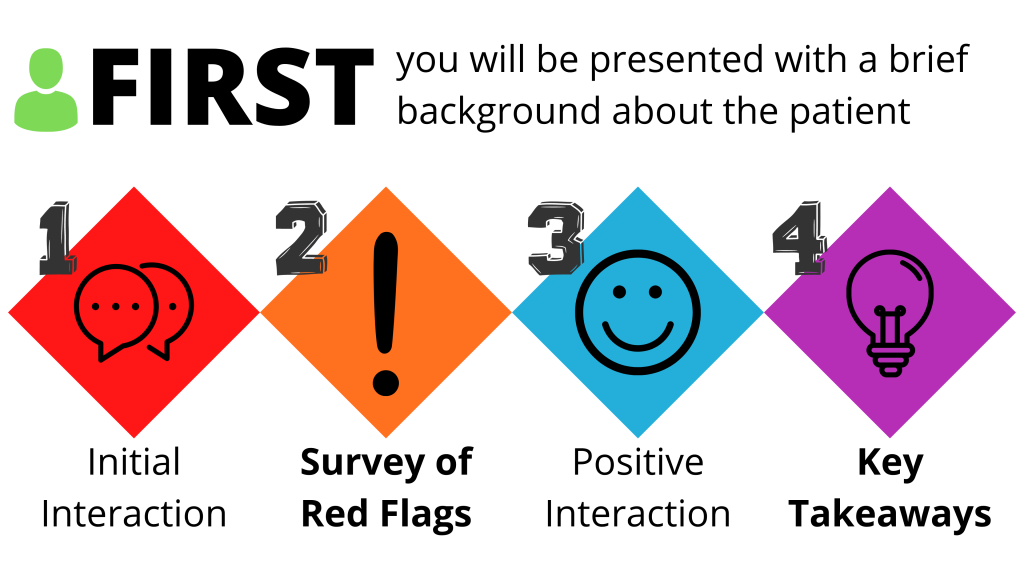“There is no such thing as a lesbian knee, or a lesbian armpit, or a lesbian neck — at least I’ve never dated one — but each human being comes to health care with context and a story, and they are both vitally important.“
The above quote from Kelli Dunham emphasizes that one of the key elements to ensuring inclusive and culturally sensitive care to members of the LGBTQ+ community is understanding and respecting their context and story.
For many members of the LGBTQ+ community, their gender and sexual identity are key elements influencing their stories.
Module Structure
This module was designed to be an accessible, easy-to-use resource for medical students and professionals looking for an introduction into this important area. There are opportunities for interaction throughout, and you can choose how you wish to navigate through each component of the module.
Immediately proceeding this module outline are two sections to help orient yourself to this topic, including an exploration of why we need LGBTQ+ healthcare resources. This page will explain some of the key outcomes for LGBTQ+ healthcare patients, and provide some stories from real individuals about their experiences within the healthcare system. The following page is the Key Concepts section which highlights and expands on some of the key terms you may come across throughout the text. We have also created a glossary at the end of this Pressbook where you can find a list of terms and definitions for reference. When you come across a bold, underlined word or phrase, you can click it to pop up a definition without leaving the page to look it up.
After these two orientation sections, you will navigate through four (4) case studies that will:
- demonstrate ways in which gender and sexual identity can influence health care
- illustrate the impact of health care practitioners on LGBTQ+ patients
- help you identify areas for improvement
- introduce strategies to ensure inclusive care
By the end of this module, successful students will be able to:
- describe how physicians’ understanding and respect for patients’ sexual and gender identity can improve care and decrease disparities for members of the LGBTQ+ community.
- explain the differences between gender identity, gender expression, biological sex, and sexual identity and terms related to these concepts.
- identify strategies for providing more inclusive and culturally sensitive care for members of the LGBTQ+ community.
Case Structure
Each case will illustrate the experience of someone who identifies as LGBTQ+ seeking health care in Canada. You will be presented with some background information about the patient, and then observe an interaction, identifying red flags that may be addressed. An alternative experience will be presented to help identify inclusive practices, followed by the key takeaways.


